Discovering BioAmmo: Investing in Biodegradable Shotshells for a Cleaner Environment
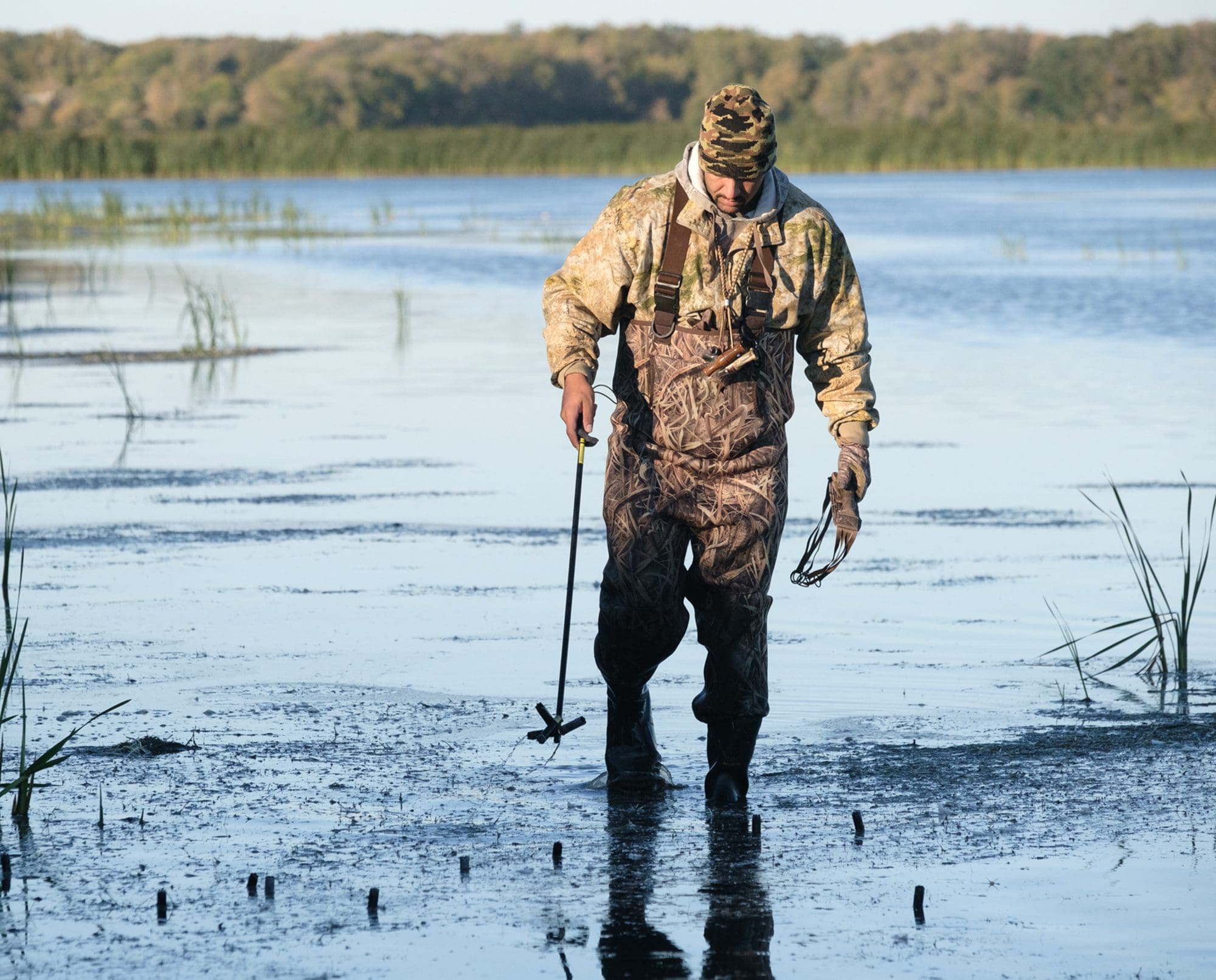
Two hunters’ quest to leave as small of a footprint as possible leads them to new, biodegradable shotshells with impressive results
A thing is right when it tends to preserve the integrity, stability, and beauty of the biotic community. It is wrong when it tends otherwise. — Aldo Leopold
For the last couple of years, I’ve been leading a lead-free hunting life. I feed a steady diet of bismuth shells to my Darne side-by-sides, steel shot to my duck guns, and copper bullets to my deer rifle. But there is one more thing I would like to eliminate from my ammo: plastic.
You see, no matter what type of shot I choose, every time I pull the trigger, I invariably send a plastic wad downrange and into the environment where it can remain for centuries. To be honest, until recently, I never gave it much thought. My main concern was trying to figure out how to stop adding lead to the environment and to the game I eat. Then, last fall near a well-known hotspot in Manitoba’s Delta Marsh, my nephew and I were suddenly made aware of just how big the plastic problem really is.
We set up well before dawn on a narrow point of land jutting into a large bay where diver ducks are known to congregate. Well-worn quad tracks and hundreds of footprints indicated that guides had been bringing clients there just about every day throughout the season. But it was early November, and the only hunters left were locals like us.
At dawn, the birds began to move. Over the next hour or so, we bagged four bluebills, a couple of teal, and a pair of canvasbacks. But when the wind died down the action ground to a halt, we called it a day. As we were retrieving our decoys, we saw that what had looked like beach foam at the water’s edge in the pre-dawn light wasn’t that at all — it was a massive collection of plastic wads. Wind and waves had pushed hundreds of them up against the windward side of the point. We tried to pick them up, but after filling a couple of bags, we eventually gave up. There were just too many of them; it would take hours to get them all. As we made our way back to the truck, I couldn’t help thinking about those wads along the shoreline and how many more were out there floating on the waves or sitting at the bottom of the lake.
Back home, as we cleaned our birds, my nephew and I went over the highlights of the day: his left-right double on bluebills and my quick shot of a speedy green wing teal. But we also discussed the pile of wads along the shore, and as we did, we came to the depressing conclusion that for over 50 years, every single time a trigger was ever pulled in that marsh, a piece of plastic was sent sailing into the environment. The hundreds of wads we saw that morning were just a tiny fraction of the millions of wads shot in the Delta Marsh over the years. And if you multiply that by all the other spots hunters visit each year across North America, the number of bits of plastic we’ve left in our cherished fields, forests, and wetlands must be in the billions.
So right then and there, we decided that the next step in our clean-up-our-ammo act would be switching to shells with non-plastic wads. But was that even possible? Were shells with biodegradable wads even available locally? And if so, could we even afford them?
After an extensive Google search, several phone calls, and a bunch of emails, I came to the conclusion that the answer—at least at that point—was no. A number of North American companies had announced plans to introduce eco-friendly ammo, but none of them had anything on the market yet. Our only option was to wait and hope that something new would come along before the next season.
About nine months later, still thinking about my quest to find eco-friendly ammo, I typed “non-plastic shotgun wads” into Google and pressed enter. Among the top search results was a company in Spain that makes shotshells with biodegradable wads and hulls. I remembered reading about the company, BioAmmo, the year before. At the time their products were not available in North America, but it looked like things had changed—BioAmmo shells were now being sold in the United States and Canada. Even better, the exclusive Canadian distributor was located here in Manitoba, and their website listed BioAmmo shells as in stock and available for online orders. Needless to say, within minutes, I pressed the buy button on my first order of BioAmmo. The shells arrived a couple of days later, just in time for a duck hunt with my nephew.
The next morning, just before shooting light, we loaded our guns with BioAmmo steel Nos. 3 and 4. I typically shoot a side-by-side shotgun with extractors to avoid spitting shells into the marsh, but on this occasion, I decided to shoot my autoloader and use a Mojo pick-up stick to gather the empties, knowing that even if I didn’t get them all, any hull left behind would decompose over time.
WATCH | Hunting with BioAmmo
A video I captured of the hunt shows the very first four shots I ever took with BioAmmo’s 2 ¾-inch shells loaded with No. 3 shot. The ducks (mallards, pintails, and teal) were 25 to 40 yards away. Keep in mind that I am not a particularly good wingshooter, so the success that you are seeing is rather unusual for me. But my nephew and I both filled our limits that day, and the vast majority of ducks we shot dropped stone dead. We didn’t even pattern different loads from different guns and chokes, or measure their velocity with a fancy chronometer, or shoot them into blocks of ballistic jelly. We will leave that to the real experts. All we did was throw some shells in our pockets and go duck hunting. And as happy duck hunters heading home with a limit of mallard, pintails, teal, and gadwall, we decided that BioAmmo will be our “go-to’” shells from now on. It hits hard, cycled perfectly in our autoloaders, and, best of all, gives us peace of mind knowing that we are no longer adding to the pile of plastic already in the marsh every time we pull the trigger.
After the hunt, I decided to dig deeper into this new product in order to help spread the word to other hunters who are looking for ways to be more eco-friendly. I picked up the phone and called Tyson Lobreau at Wolverine Supplies in Virden, Manitoba, to ask him more about BioAmmo and their shotshells. Below is the short Q&A:
Q: Tyson, what exactly is BioAmmo?
“BioAmmo is the name of a company based in Segovia, Spain. Its mission is to develop, manufacture, and distribute 100 percent biodegradable and compostable ammunition for hunting and sport shooting. Their shotshells are made from a plant-based polymer that they invented and patented; the metal base is a non-toxic alloy of copper and zinc designed to oxidize and disappear.”
Q: When you say “disappear,” what exactly does that mean?
“Once fired, the wad and hull can be treated like any other kind of organic waste. You can toss the empty hulls you bring home in a compost heap while the wads you leave behind— which are colored brown to better blend in with the environment—are broken down by microorganisms in the soil within a year or two. Even the iron-alloy base biodegrades in a few years. The process takes longer in the wetlands, of course, because the polymer is unaffected by water. But that means you can use them in a wet duck blind or on a rainy day without fear of swelling or dissolving. And the wads don’t even float. They sink to the bottom, out of sight, and slowly biodegrade over time.”
Q: Are they suitable for all kinds of guns?
“Yes. We shot them through every kind of gun we could get our hands with zero issues. They cycled perfectly with every gas and inertia type gun we tried.”
Q: What has the response been so far?
“The response has been really good. More dealers are starting to stock them and people are starting to realize that “bio” doesn’t necessarily mean expensive. In fact, they are usually quite surprised when they see that the price of BioAmmo shells is in the same ballpark as other hunting loads.”
Q: What’s the future hold for BioAmmo and more eco-friendly ammo in general?
“Currently, we only have 12 gauge 2¾-inch steel or lead loads, but 3-inch shells and 20 gauge loads will soon be available. And for shooters with older guns that can’t shoot steel—and don’t want to shoot lead—there is a new non-toxic load coming out. It is made from a blend of aluminum, tin, bismuth, and zinc. Its density is similar to steel, but it is much softer, almost like lead in that respect.”
The move towards more environmentally friendly ammunition has been going on in Europe for a while now, and it is good to see it gaining momentum in North America as well. If you can go green, why not? Green initiatives are good for everyone.
Notes on buying BioAmmo
- The ammunition’s packaging uses the metric system. 70mm is equal to 2¾ inches; 32 grams is equal to 1-1/8 ounces.
- BioAmmo’s compostable cartridges are safe to store at normal temperatures for at least five years.
- BioAmmo does not advise reloading their compostable hull.
- On a recent trip to my local Cabela’s, I was thrilled to see BioAmmo on the shelves.



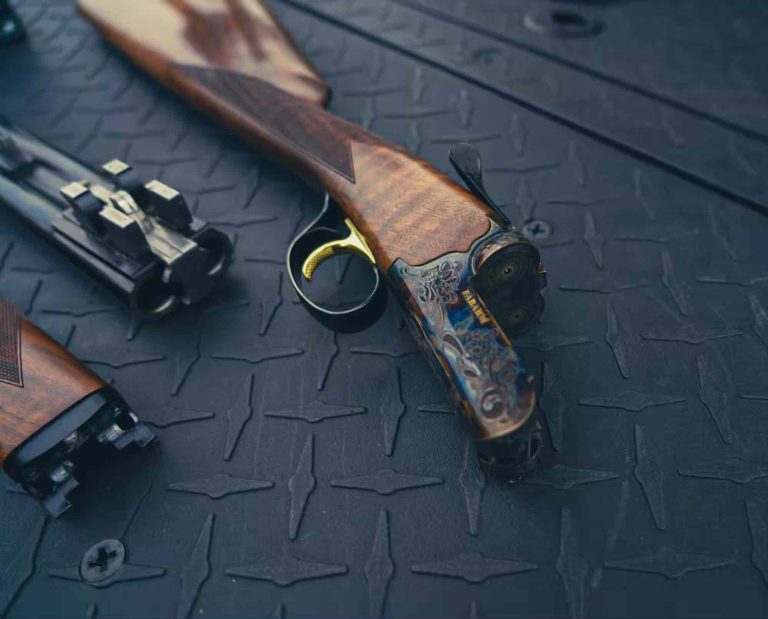
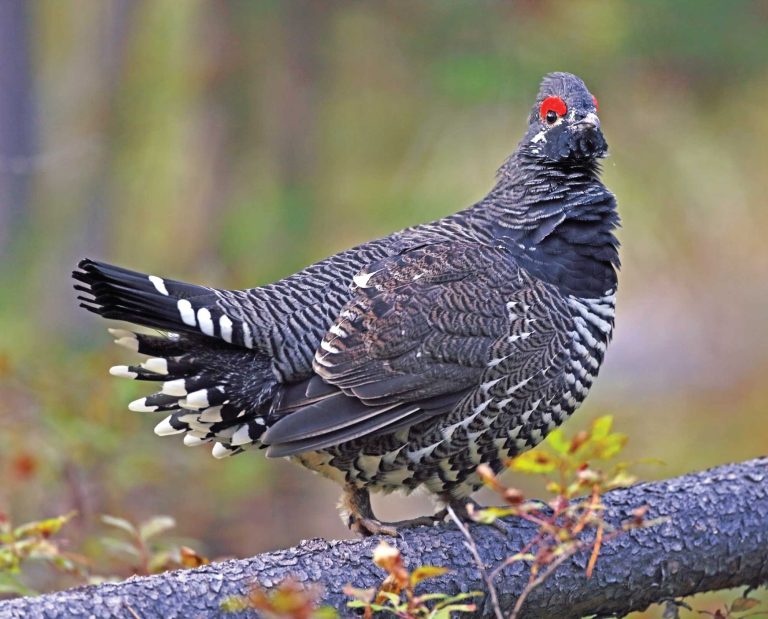

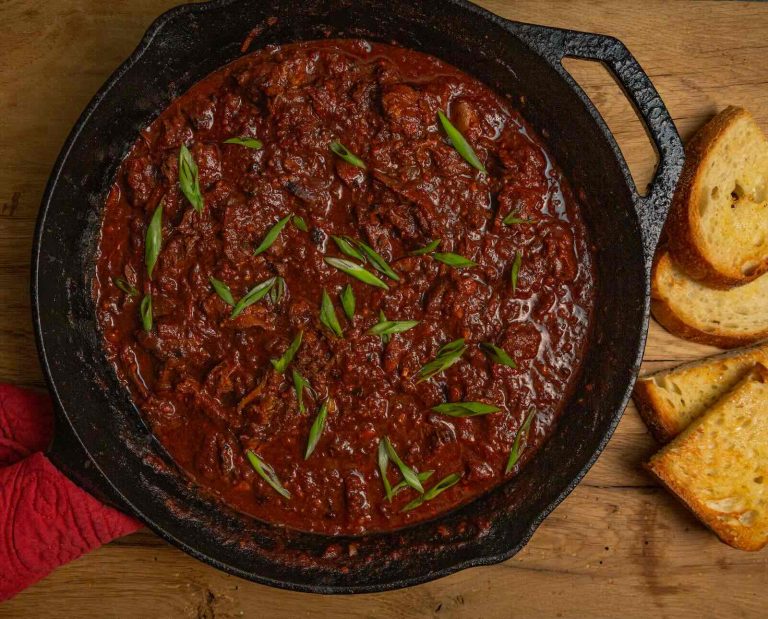
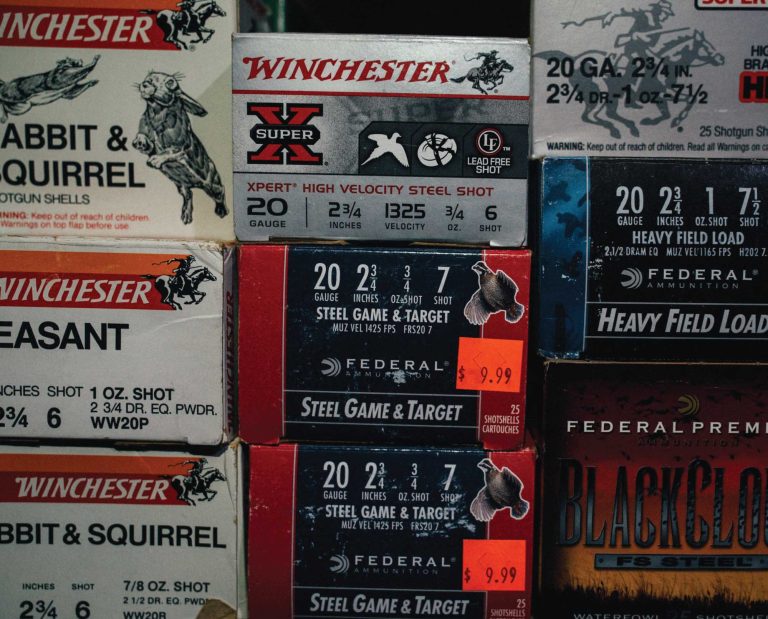
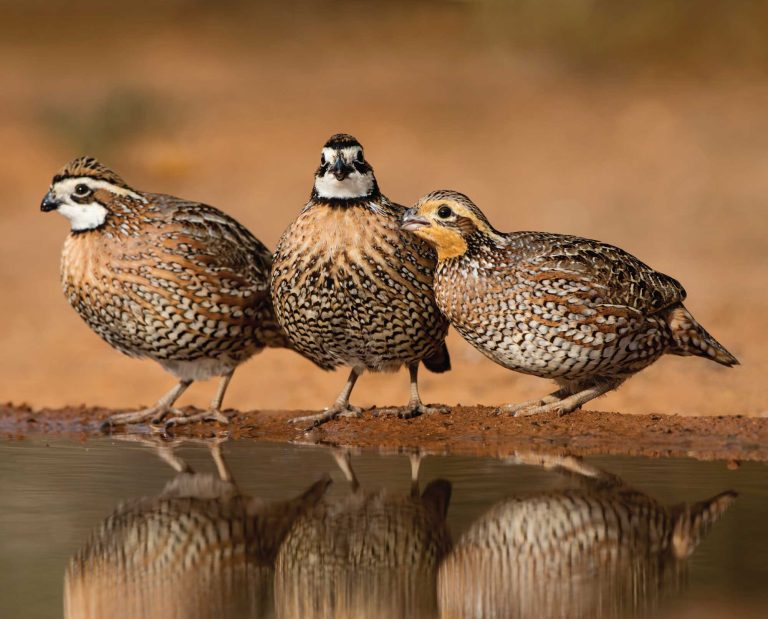
What a great idea! I hope to this this product soon on store shelfs everywhere
only got back into hunting to train my bird dog – as a kid, in the 60s, never thought about it – since picking it up again, the wads have bugged me and always pisses me off to find hulls left on upland grounds by some sod too lazy to pick them up – if BioAmmo takes off, the flies-it-dies guys can be as lazy as ever and it won’t bug me so much – still wish they’d quite shooting every wild flush at the edge of their gun’s range – they wound so many that just sail off to their imminent fate: hawk bait – or retrieving dummies for my dogs that pick up too many of their lost cripples, and being a conservationist, I don’t discard them unless they’re getting skankey – means that’s one less bird for my dogs to work – limits apply, so we try to make every one perfect – only hunt to train
Glad someone had a good experience with it. I was not that fortunate. BBs leaking from the box and shells weren’t fitting into my O/U. Annoying but I love the concept.